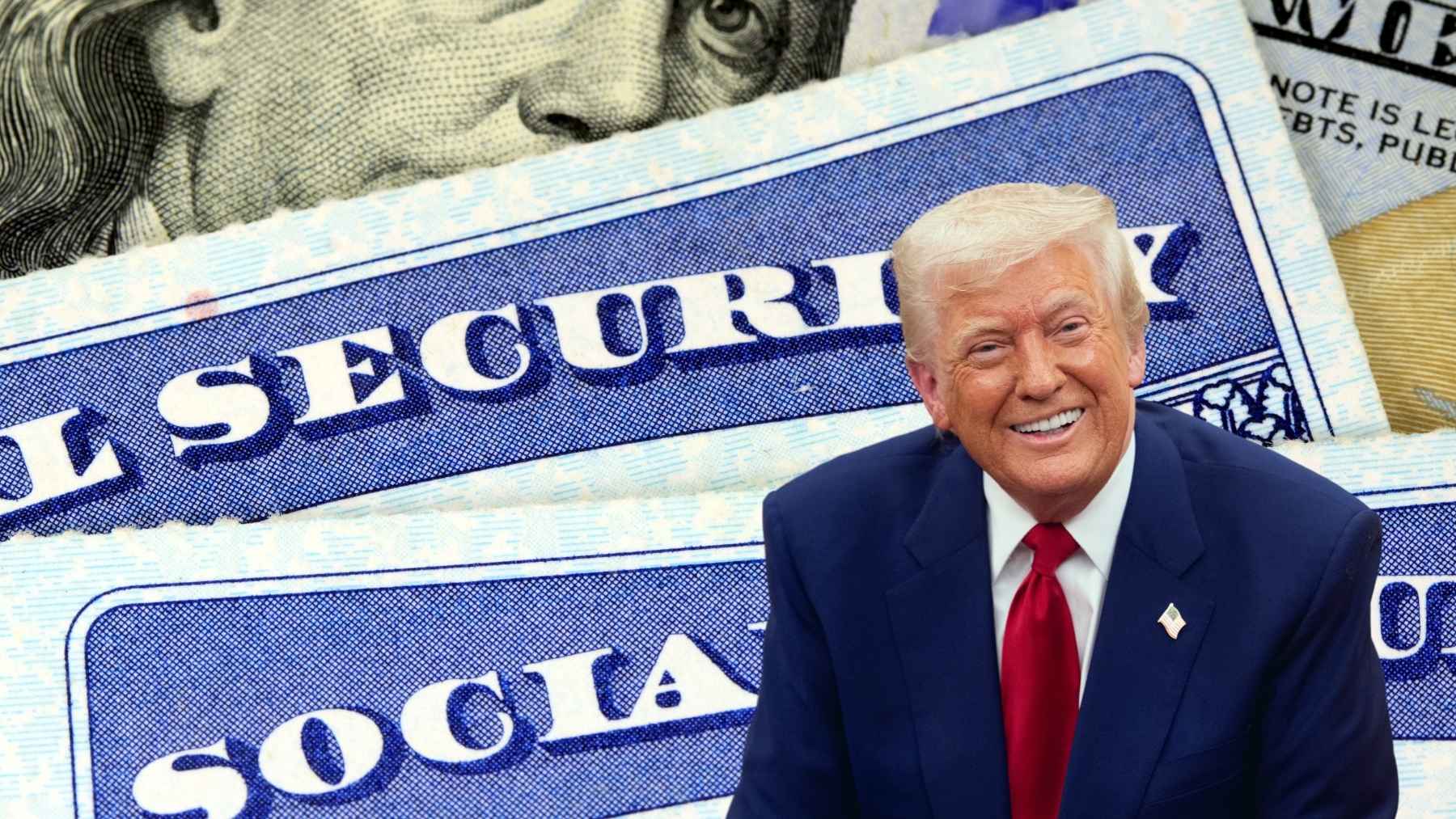If you are a beneficiary of the Social Security program, it is always good to keep up with any and all updates or changes rolled out by the Social Security Administration (SSA) as it, more often than not, will impact you in some capacity.
This year in particular has been one of sweeping changes with regards to the SSA under the new administration, with more change likely to come as lawmakers scramble to find a solution to prevent the projected shortfall to a major trust fund as outlined in the latest annual report.
As such, here are five upcoming Social Security changes worth taking note of, some good, some not so good.
1. Cost of Living Adjustment
Each year, benefit amounts are increased in order to counter the effects of growing inflation. This is known as the Cost of Living Adjustment, or COLA, and the SSA determines this increase by measuring third quarter CPI-W data from the current year against the previous year. If there is an increase, this becomes the next COLA. Since the COLA is calculated using third quarter data, the SSA makes the announcement each year in October following the release of the relevant data.
TSCL has projected a COLA of 2.7% based on the data available to date. If this holds steady, the average benefit ($2,008) will be increased by $54 in January. Medicare premiums are, however, also projected to increase, which means the COLA might fall short in addressing the growing expenses of seniors in the new year.
2. Medicare premium increase
According to the latest report from the Medicare Board of Trustees, the Part B premium is projected to increase by at least 11.5% in 2026. This price hike will bring the cost of the Part B premium up from $185 to $206.20. And since Part B premiums are automatically deducted from the Social Security benefit, many seniors will not be seeing much of an increase in there checks in 2026 despite the next COLA being on track to be higher than 2025.
“The estimated COLA might reflect the inflation rate, but it doesn’t reflect the true cost of aging well in America,” Ramsey Alwin, president and chief executive of the National Council on Aging, stated. “The Medicare premium will likely eat up the little extra money they receive.”
3. Wage cap increase
When you earn wages or a salary, you will contribute 6.2% of your earnings towards the dedicated Social Security payroll tax, which will then earn you work credits to later enable you to claim benefits from the SSA.
There is, however, a limit in place regarding how much of your earnings are taxed for Social Security and this is known as the wage cap, or the maximum taxable earnings.
In 2025, the wage cap is $176,100, which means that any income exceeding this figure is not considered when you are paying into the Social Security payroll tax. The wage cap fluctuates year over year, and according to estimates from the Board of Trustees, the wage cap will likely increase to $183,600 in 2026.
4. Benefit garnishing
At the beginning of the year, the Department of Education announced that it would be resuming collections on defaulted federal student loans after a 5 year pause. The collections were first slated to resume in May, however, the pause was again reinstated temporarily.
“Please be aware that the Department of Education is delaying offsets of these monthly benefits for a couple of months and plans to resume sometime this summer,” the DOE stated in June. Now that summer has passed, the collections will likely resume soon. This means that Social Security recipients who had defaulted on their loans could see up to 15% of their benefit garnished until the debt is cleared.
Additionally, beneficiaries who had been overpaid in the past are also subject to a 50% withholding rate, unless they had applied for a waiver, reconsideration, or negotiated a lower rate of withholding.
5. Goodbye to paper checks
In July, the SSA announced that it would no longer be issuing paper checks to beneficiaries in accordance with the broader federal initiative to modernize all payments to and from America’s bank account.
As a result, the agency has since been encouraging paper check recipients to switch over their payment method to either a direct deposit, or a Direct Express Card if they do not have a bank account. This digital mandate is slated go into effect as of September 30th.

